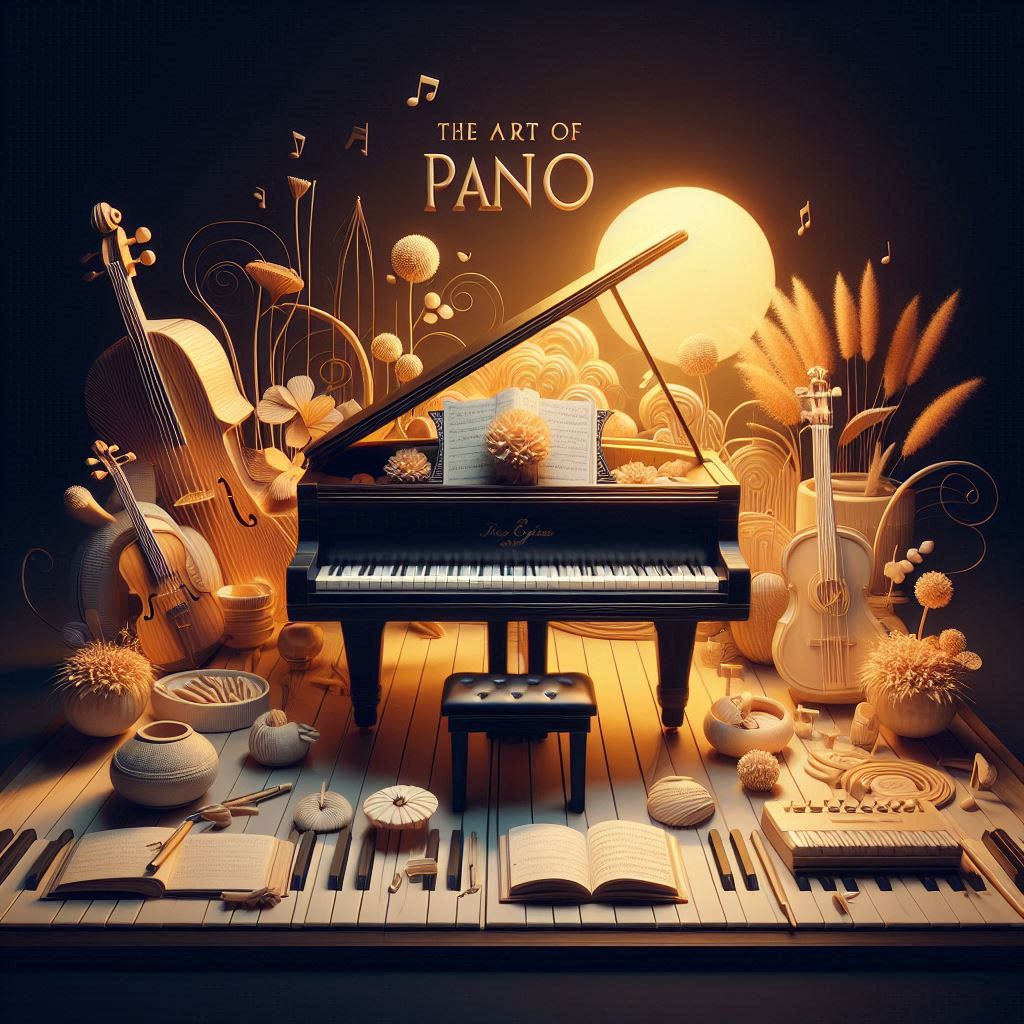Introduction
Interpreting classical piano pieces is an art that goes beyond simply playing the notes on the page. It involves understanding the composer’s intentions, historical context, and emotional depth of the music. By developing a nuanced interpretation, pianists can bring classical compositions to life and connect deeply with their audience. In this article, we’ll explore how to interpret classical piano pieces effectively.
Thank you for reading this post, don't forget to subscribe!Understanding the Composer’s Intentions
To interpret a classical piano piece effectively, it’s crucial to understand the composer’s intentions. Study the composer’s life, their body of work, and the specific circumstances under which the piece was written. Understanding these factors provides insight into the emotional and intellectual context of the music.
Studying the Historical Context
Classical music spans several centuries, each with its unique style and conventions. Familiarize yourself with the characteristics of the era in which the piece was composed. Baroque music, for instance, often features intricate ornamentation, while Romantic music emphasizes expressive depth. Knowing these stylistic nuances helps inform your interpretation.
Analyzing the Score
A thorough analysis of the score is essential. Look for key elements such as form, harmony, melody, and rhythm. Identify recurring themes, motifs, and their variations. Understanding the structure of the piece allows you to highlight important sections and transitions, creating a cohesive interpretation.
Emphasizing Phrasing and Dynamics
Phrasing and dynamics are vital aspects of musical expression. Pay attention to the natural rise and fall of musical phrases and use dynamics to enhance these contours. Practice shaping phrases with crescendos, diminuendos, and subtle nuances in volume to add depth to your performance.
Mastering Articulation and Touch
Articulation and touch significantly impact the character of a piece. Experiment with different types of touch, such as legato, staccato, and tenuto, to convey various emotions and textures. Consider the weight and velocity of your fingers to achieve the desired articulation, and practice refining your touch for precision and expressiveness.
Exploring Tempo and Rubato
Tempo and rubato play a crucial role in interpreting classical piano pieces. While maintaining a steady tempo is essential, subtle variations in speed can add expressiveness. Use rubato judiciously to enhance emotional impact without disrupting the overall flow of the music. Practice with a metronome to develop a solid sense of timing before experimenting with tempo variations.
Expressing Emotion and Character
Emotion and character are at the heart of musical interpretation. Connect with the emotional core of the piece and convey it through your playing. Reflect on the mood, atmosphere, and narrative suggested by the music, and use your imagination to bring these elements to life.
Listening to Renowned Pianists
Listening to recordings of renowned pianists can provide valuable insights into interpretation. Analyze how different pianists approach the same piece, noting their phrasing, dynamics, and expressive choices. While it’s essential to develop your unique interpretation, learning from the masters can inspire and inform your approach.
Practicing Mindfully
Mindful practice is key to developing a nuanced interpretation. Focus on specific sections, experimenting with different interpretations and refining your technique. Record your practice sessions and listen critically to identify areas for improvement. Consistent, mindful practice helps internalize the music and deepen your connection with the piece.
Seeking Feedback and Coaching
Feedback from teachers, coaches, and peers is invaluable in refining your interpretation. Seek constructive criticism and be open to different perspectives. Attending masterclasses and workshops can also provide fresh insights and techniques to enhance your performance.
Conclusion
Interpreting classical piano pieces is a complex and rewarding endeavor that requires a deep understanding of the music, technical proficiency, and emotional insight. By studying the composer’s intentions, historical context, and score, and by focusing on phrasing, dynamics, articulation, and expression, pianists can bring classical compositions to life with authenticity and emotional depth. Embrace the journey of interpretation, and let your unique voice shine through in your performances.
FAQs
How can I understand the composer’s intentions better? Study the composer’s life, their body of work, and the historical context of the piece. Reading letters, diaries, and historical documents can provide valuable insights.
Why is historical context important in interpreting classical music? Historical context helps you understand the stylistic conventions of the era, informing your interpretation and ensuring it aligns with the period’s musical practices.
What should I focus on when analyzing the score? Focus on elements such as form, harmony, melody, and rhythm. Identify recurring themes, motifs, and variations to understand the structure and highlight key sections.
How can I improve my phrasing and dynamics? Practice shaping phrases with crescendos, diminuendos, and subtle volume changes. Listen critically to recordings and seek feedback to refine your phrasing and dynamics.
What role does tempo play in interpretation? Tempo sets the pace of the piece. While maintaining a steady tempo is essential, subtle variations and rubato can add expressiveness and emotional depth to your performance.
How can listening to renowned pianists help my interpretation? Analyzing recordings of renowned pianists provides insights into different interpretative approaches. Learning from their phrasing, dynamics, and expressiveness can inspire and inform your playing.



